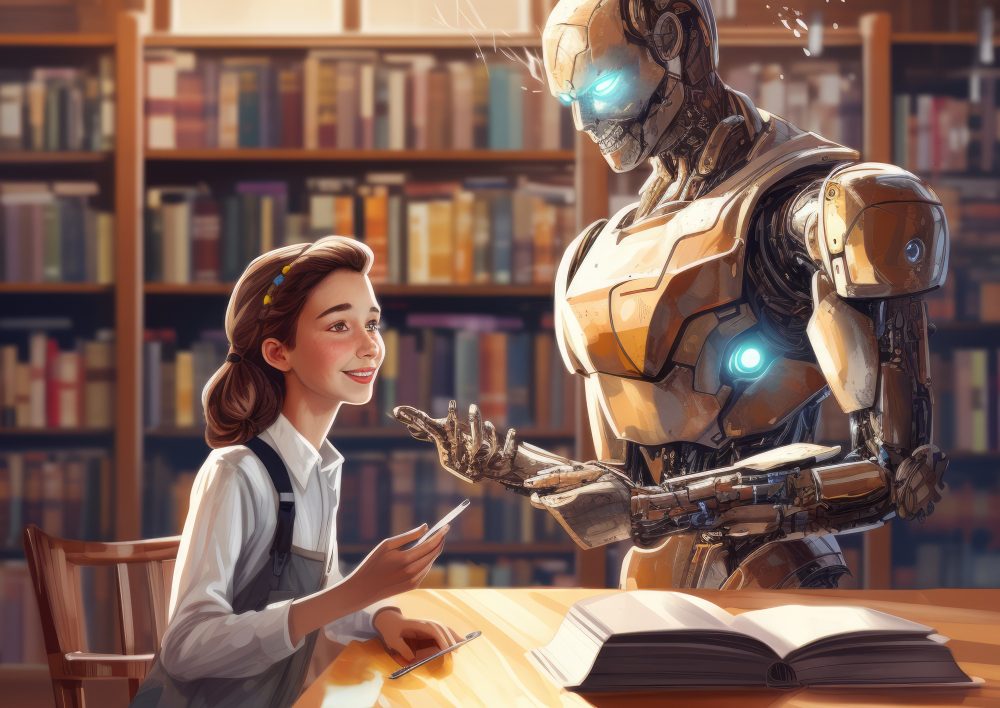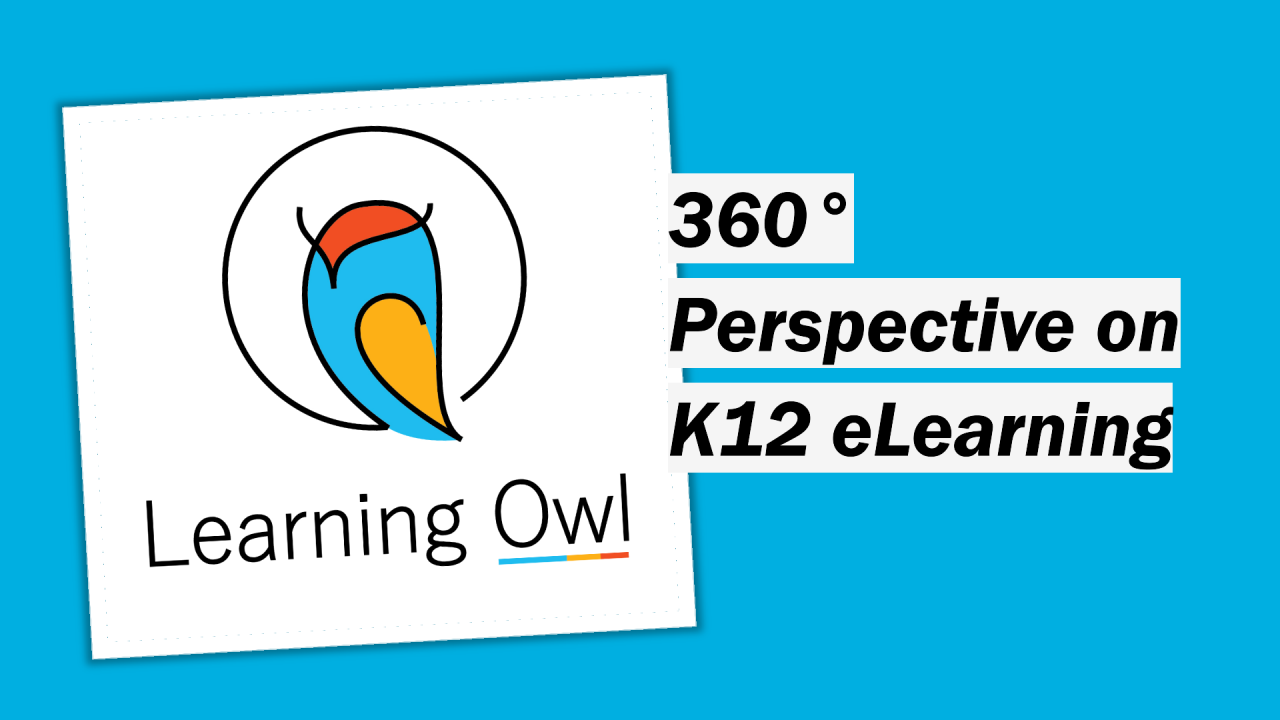
Monday, 13Jan 2025
10 Trends to Watch in the EdTech Industry in 2025
As we step into 2025, the education…

Monday, 13Jan 2025
As we step into 2025, the education technology (EdTech) industry continues to revolutionize how we learn, teach, and interact with knowledge. From groundbreaking innovations to transformative practices, the EdTech landscape…
Read More line_end_arrow_notch
Thursday, 9Jan 2025
The rapid integration of Artificial Intelligence (AI) in education is revolutionizing how students learn and teachers teach. In India’s K12 sector, AI is not just a trend but a transformative…
Read More line_end_arrow_notch
Tuesday, 7Jan 2025
In today’s fast-evolving educational landscape, engaging and effective digital content is no longer a luxury—it’s a necessity. At Learning Owl, we embrace this challenge, transforming traditional learning into an immersive…
Read More line_end_arrow_notch